Your cart is currently empty!
Weather Station Installations
A weather station is a set of sensors that record and provide physical measurements and meteorological parameters related to climate variabilities. The variables to be measured are temperature, pressure, wind speed and direction, humidity, cloud height and type, and precipitation type and intensity. The stations may have sensors for all or only part of this information, depending on their type: PV- Meteorological, Agro-Meteorological, Climatological, etc.
Weather Station for PV plants
The following instruments are provided by typical meteorological stations:
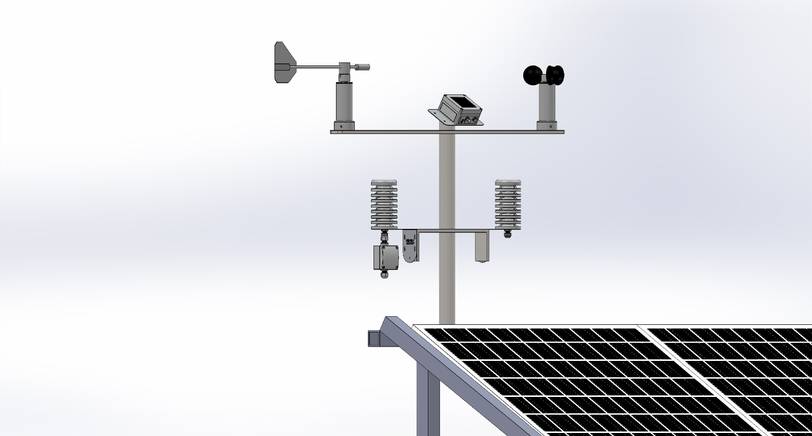
- Irradiance sensor for measuring solar radiation.
- Ambient temperature sensor to record air temperature data.
- Module temperature sensor for providing the temperature of the PV module.
- Wind Speed sensor for measuring the wind speed and providing the data obtained to the Datalogger.
- Wind Direction sensor shows where the wind blows from.
- Humidity sensor for measuring the relative humidity in a photovoltaic plant.
- Rain gauge or precipitation sensor for measuring the amount of precipitation, rain and snow, that typically reaches the photovoltaic plants.
Sometimes other sensors may be included, depending on the station and area of use.
Location of a PV Weather Station
Weather stations have to be installed at a good distance from any tall object. Otherwise, if the meteorological station is installed under a tree, for example, or in front of a larger object, the precipitation data obtained will be incorrect. For that reason, the placement of a meteorological station is very important.
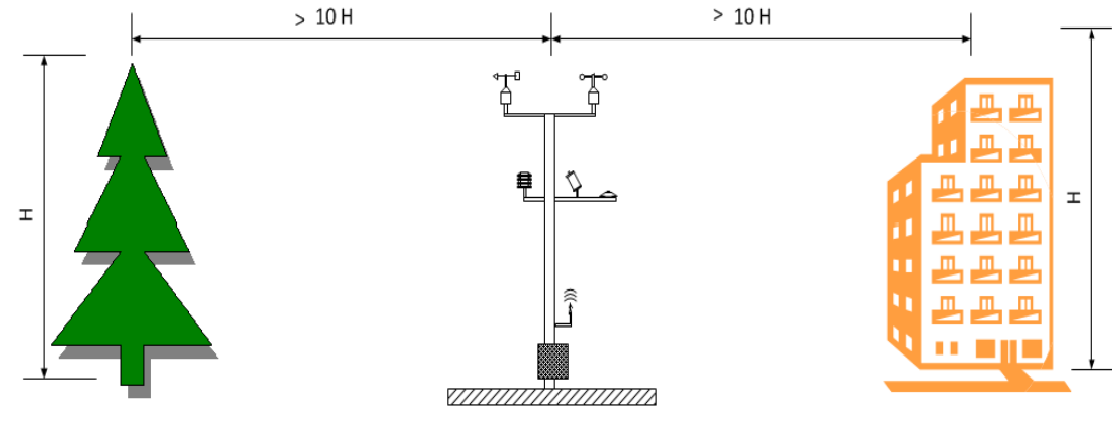
The weather station shall be At least 10 times the height of the obstacles around the solar measuring station.
The meteorological station has to be placed 30.5 meters from the aisle. Otherwise, it will cause a wind tunnel effect on the anemometer sensor, which will give incorrect wind data.
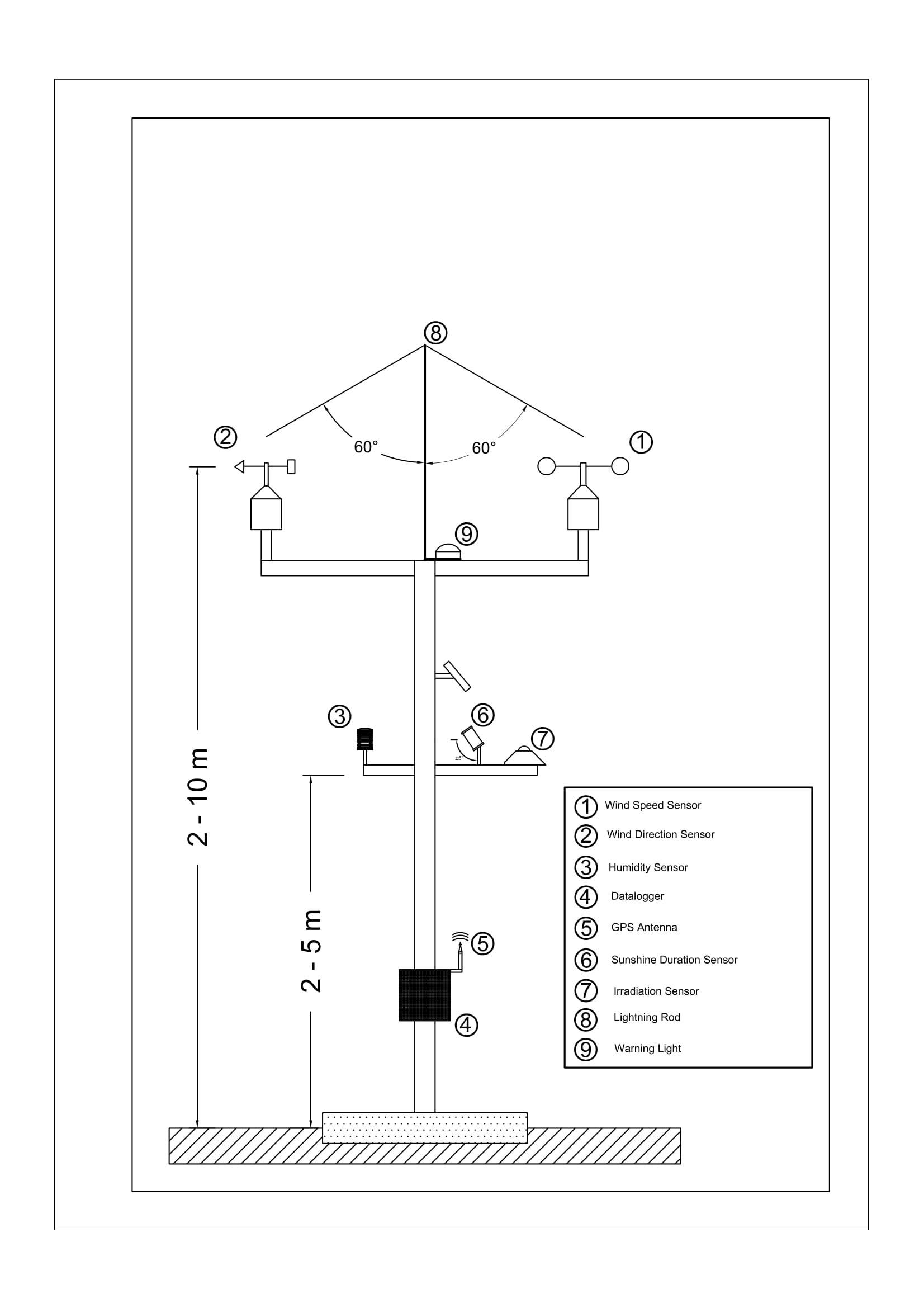
For Irradiance Sensor
The irradiance sensor should be installed in such a way that it receives solar radiation directly from the sun, i.e. 10 times higher than any source of shade. It must be aligned with the photovoltaic panels to obtain the same measurements. The height at which the PV pyranometer is mounted is not critical for the accuracy of the measurement. SEVEN sensor Solutions provides an irradiance sensor with 6 mm diameter holes for fixing and mounting brackets on both sides, left and right, so that it can be flexibly mounted on the solar panel, regardless of its location. Note that SEVEN irradiance sensor has an output port connected to the DataLogger via an RS485 cable and three inputs, so that it can be connected to additional sensors.
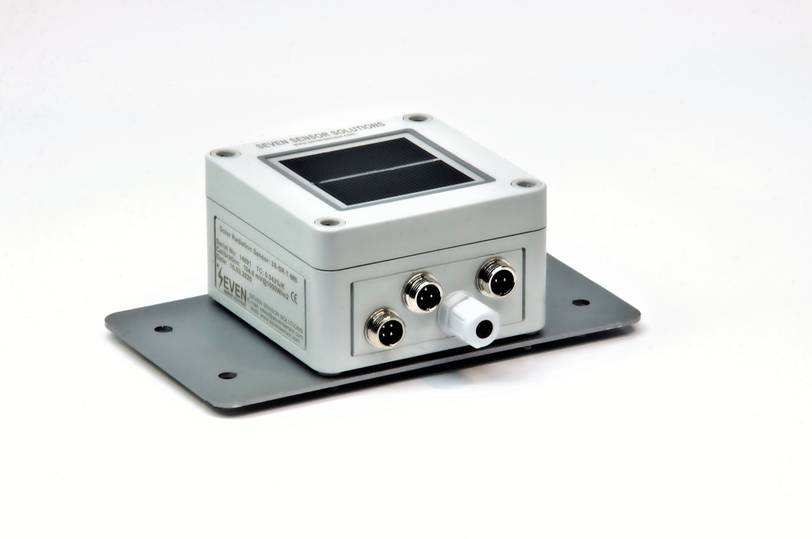
For Wind Sensors
The wind speed sensor should ideally be installed at a height between 2 and 10 meters above the ground. It is also necessary to avoid any obstacle in the proximity of this measuring tool in order not to disturb the airflow and thus its measurements. As a solutions founder, SEVEN sensor provides wind speed sensors mounted on brackets, so that they can be adapted to any panel location.
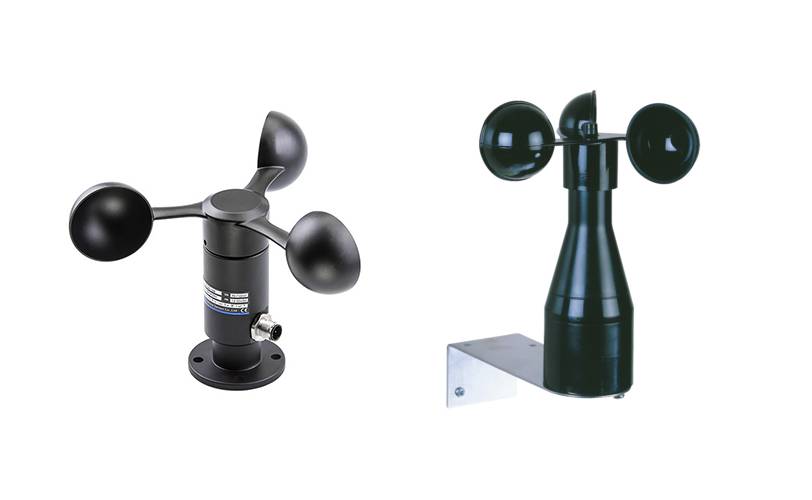
For temperature sensors
The temperature sensors must never receive light directly from the sun and they have to be housed in a radiation shield, as it has the ability to protect the sensors from radiation effects. For more specifications, The Ambient temperature sensor must be located 15 meters from the closest paved surface, and the Module temperature sensor should locate under the PV panel. The SEVEN Ambient Temperature Sensor is mounted inside a solar radiation shield which has 8 aspirated plates, as you can see in the picture below, that allow air to pass freely. The SEVEN Module Temperature Sensor is covered by a plastic housing with an aluminum plate, which has a double-sided heat-conducting tape to stick it under the PV panels, in order to protect the data obtained.

For Precipitation Sensor
The rain gauge or precipitation sensor shall be placed horizontally at a distance of at least 1.5 meters from the nearest obstacle. if this nearby obstacle is more than 1,5 meters away from the sensor, then the rain gauge must not exceed 3 meters in height. It is important that excess rain can drain freely from the sensor, so make sure that it does not accumulate at the base of the sensor.
For Humidity Sensor
Because water bodies and plants influence humidity measurements, the right placement of the humidity sensor is 15 meters from the nearest tree or water body.
After-Sales Service
To sum-up, in order to install a weather station, it is necessary to place its sensors correctly so that they do not cause problems during operation and while obtaining measurements. After the installation of the weather station, the following step is to control and monitor the solar photovoltaic plants. For this purpose, there are many monitoring programs that help to perform the configuration on site and remotely. For example, NetEco, which is a program used for Huawei meteorological stations, ProMate and SUNNY Portal which monitor successively the GoodWe and the SMA weather stations, etc.
As SEVEN Sensor Solutions, we provide complete weather stations, that meet with all the mentioned installation requirements, and are compatible with many brands of dataloggers such as SmartLogger, EzLogger, Gateway, Data Manager M and others. And we are authorized to offer a remote set-up for our customers to facilitate the configuration.
For more information about our meteorological station you can check our Website or contact us via phone or mail.